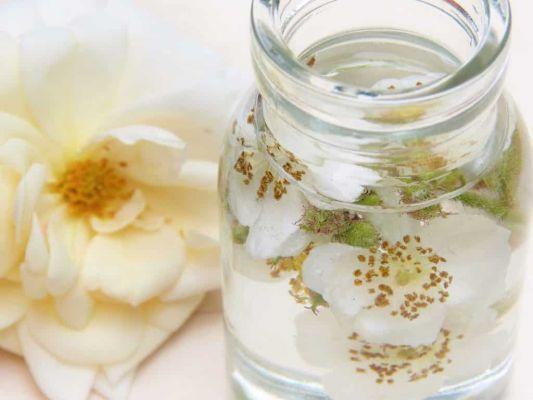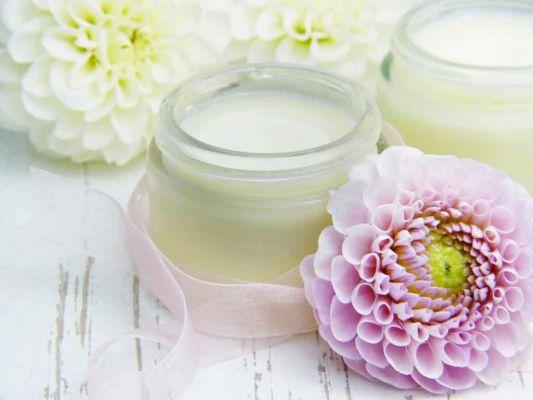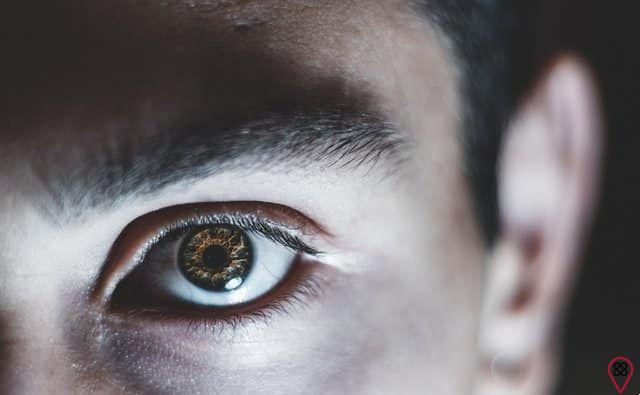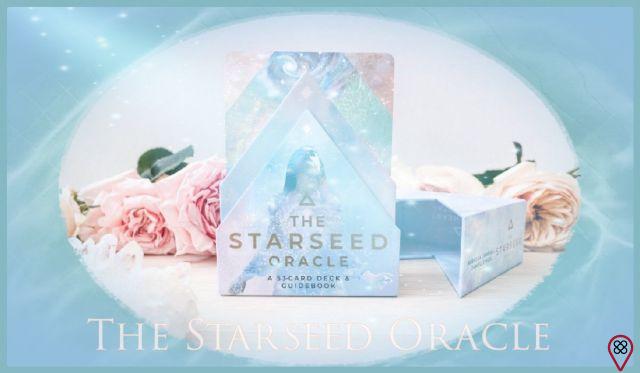The most beautiful women in the world, the most radiant and rested-looking, have flawless, blemish-free skin. Even with the passing of the years and with the appearance of some wrinkles, which, by the way, is very natural, they always present themselves very well. And some are not adept at plastic interventions, they just use good quality products in daily beauty rituals.
An example to note is the Duchess of Cambridge, Kate Middleton. She is wealthy, well-advised and, being royalty, has a range of items at her disposal, produced with absolute care. However, when it became known that she uses rosehip oil, a relatively inexpensive product, daily to maintain her skin's beauty and health, she became an inspiration to many women and men around the world.
At some point, perhaps some woman you are very familiar with has applied a cream based on rosehip, canine rose or wild rose to the skin, as this plant has been used since ancient times. So let's get to know her and identify why, in addition to Kate, other people are using the oil extracted from her.
What is the rosehip plant?
Rosehip (Rosa rubiginosa affinis) is a wild plant of the Rosaceae family, known as canine rose, wild rose, dog rose and primitive rose. It is native to Asia, but was brought by the Spaniards to the Andes at the time of colonization and grows there spontaneously, with Chile currently being the largest supplier of this raw material in the world. In España, it is just ornamental.
The plant has been known in Europe since ancient Rome, when it was used for medicinal purposes. It grows well in cold and rainy weather and is in great demand in the cosmetics industry and natural medicine. The fruit, the peel of the fruit and the oil of the seeds are commonly used.

Very similar to other species of rose, it has a pink, white or yellow flower, with few petals, being a more rustic plant. When the petals fall, they give way to an oval red, orange or purple fruit, 1,5 cm to 3,0 cm in diameter, odorless, sour in taste, which increases in size under frost. Inside it are the seeds from which rosehip oil is extracted, by cold pressing or using a solvent. It is rich in fatty acids such as oleic, linoleic, linolenic, stearic, myristic, palmitic and others; ketones, tretinoin, transretinoic acid and vitamins A, B1, B2, C (eight times more than kiwi and 20 times more than lemon), E and K and minerals such as potassium, iron, magnesium, sodium, calcium and phosphorus.
What is rosehip oil for?
Rosehip oil can be used in cosmetic treatments to minimize expression lines and wrinkles and to keep the skin hydrated, as it is rich in omega 6 and omega 9. In addition, it fights photoaging, seen in stains caused by excess sun exposure, forming a protective barrier for the skin, protecting it against pollution and UV rays.
It also contributes to the synthesis of collagen and elastin, strengthening and deeply nourishing the skin. Also, rosehip oil can be used during pregnancy to prevent the development of stretch marks, as long as the obstetrician is consulted before starting use. It can also be used in skin changes resulting from the radiotherapy process. Supports the reduction of skin darkening caused by dark circles.
It helps in the pre-surgical preparation of open wounds and in the healing of acne, burns, eczema and against the formation of keloids. It acts in tissue regeneration, correcting bedsores resulting from psoriasis. When it is 100% concentrated and pure, rosehip oil fully rebuilds the skin tissue, because it penetrates its deepest layers. In addition, it helps in the hydration of hands, elbows, knees and heels, maintaining the smoothness and elasticity of the skin in these areas. It can also be applied to dry hair to hydrate, give softness and shine.
How is rosehip oil used?
Rosehip oil should be applied directly to the skin, massaging the area in circular motions for about three minutes or until it has been completely absorbed. Only three to four drops are needed and the procedure is repeated twice a day. Shine and elasticity results can be seen in four to eight weeks. It can also be used in a cream to be applied to the face or stretch marks. However, it is always advisable that a dermatologist guide the use and follow-up.

Rosehip oil can be used as an anti-frizz hair, especially for those that are dry. In this case, apply three to four drops to the palm of one hand and rub with the other to warm it up. Spread along the entire length of the strands and comb normally. If you prefer, add three to four drops to the styling cream or finish and apply as usual. To take care of the scalp, make a wetting with the 100% natural product, applying the oil in the hands and massaging well the hair roots. Let it act for about two hours and rinse with plenty of water. Dry naturally in the open air.
Prepare your Antioxidant Skin Cream with Rosehip Oil
In a safe and natural way, it is possible to prepare an anti-wrinkle cream and use it daily in the beauty and skin protection ritual, if you do not want to purchase an industrialized formula, available on the market. For this, it is essential to obtain 100% natural raw material in good stores in the field and take care of the sterilization of the container in which the product will be placed. However, it is possible to use rosehip oil directly on the skin of the face. Here's how to make the cream:
You will need:
5 ml of rosehip oil; 30 g of beeswax; 20 ml of coconut oil; an ampoule of vitamin E; a pan for a bain-marie; a pan for preparing the product, preferably enamelled; a spatula; a glass jar with a lid.

You will prepare like this:
In a bain-marie, place the coconut oil and beeswax in the pan. Mix the contents with the spatula until the two are homogeneous. Turn off the fire. Add the rosehip oil and the vitamin E ampoule. Mix well. Sterilize the glass jar and lid in boiling water for about fifteen minutes. Remove the pot and lid from the water and dry very well. Transfer the contents of the pan to the glass jar and let it cool. Keep in the fridge. If you want a thicker cream, increase the beeswax by 10 g or remove 10 ml of coconut oil. Do the opposite if you want a less consistent cream. Ready! You will have about 50 g of cream. Apply to face once in the morning and once in the evening.
In conclusion, we note that in order to have healthy, blemish-free and youthful skin, we can use natural and affordable products. Among them is rosehip oil, one of the darlings of celebrities in the Hollywood art world and the Duchess of Cambridge, Kate Middleton. It is extracted from the fruit seed of the rosehip plant, one of the most scientifically researched, being one of the safest and most popular herbal products.
- Want to know the secret to healthy skin?
- Enjoy 13 tips for healthier hair
- 5 attitudes that don't involve products to have beautiful skin
- Learn how to take care of skin at every age
- Essential Oils — Discover the Power of Aromatherapy!
With antioxidant, healing and emollient properties, rosehip oil works by eliminating blemishes and activating collagen, smoothing expression lines and wrinkles, strengthening and providing freshness and a firm, glowing and rested skin appearance. Try rosehip oil in your daily health and beauty routine for the largest organ in the human body, combined with regular water intake. Note the results! Always be very good with your self-esteem.

























